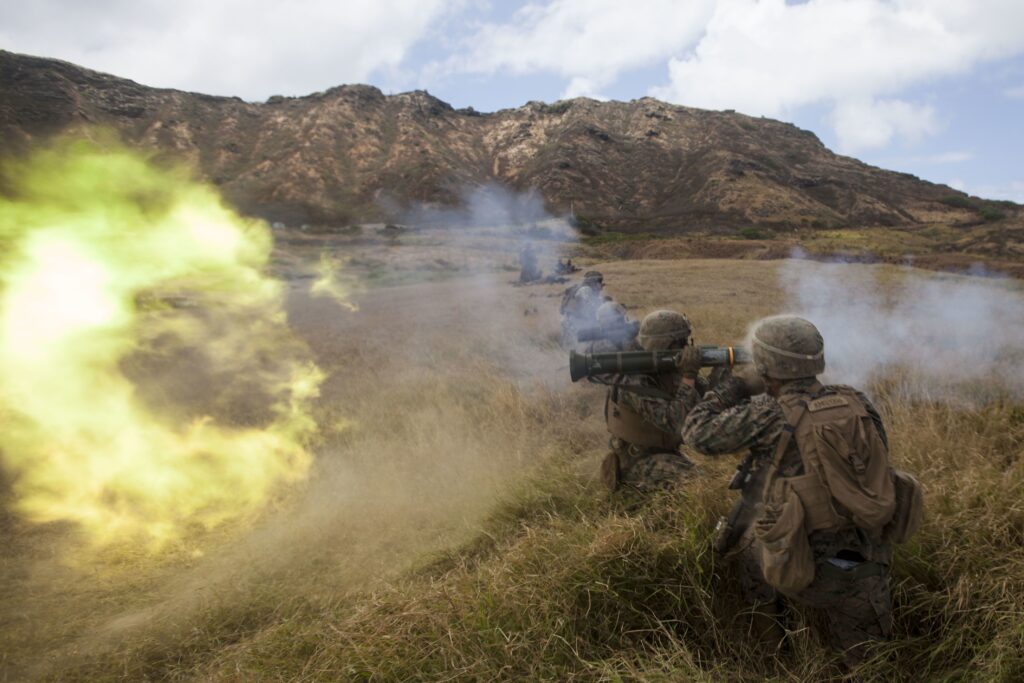Asymmetric warfare has become a prevalent form of conflict in the modern world, with weaker actors using unconventional tactics to disrupt and undermine stronger adversaries. Military experts recognize several challenges in asymmetric warfare, including the need for adaptability, minimizing collateral damage, gathering intelligence, and countering cyber threats. In response to these challenges, military forces have integrated specialized units, emphasized international cooperation and intelligence sharing, invested in cutting-edge technology, and engaged in strategic communication and counter-narratives. By addressing these challenges and implementing effective strategies, military forces can better prepare themselves for the complexities of asymmetric warfare in the modern era.
Military Experts Weigh In: Analyzing the Modern Challenges of Asymmetric Warfare
Introduction
Asymmetric warfare has become an increasingly prevalent form of conflict in the modern world. Unlike conventional warfare, where two opposing forces engage in direct confrontations, asymmetric warfare involves one side with significantly less military power employing unconventional tactics to disrupt and undermine the stronger adversary. This approach has proven to be highly effective for weaker actors, leading to a growing concern among military experts about the challenges it presents and the need for appropriate responses.
Understanding Asymmetric Warfare
In order to effectively address the challenges of asymmetric warfare, it is crucial to understand its nature and characteristics. Asymmetric warfare is characterized by the imbalance of power between the two opposing sides. The weaker party, often lacking traditional military capabilities, resorts to exploiting the vulnerabilities and weaknesses of the stronger adversary.
The tactics employed in asymmetric warfare can vary significantly, including guerrilla warfare, terrorism, cyber attacks, and unconventional weapons. By leveraging surprise, deception, and agility, weaker forces can inflict significant damage and achieve their objectives.
The Challenges Posed by Asymmetric Warfare
Military experts recognize several challenges associated with asymmetric warfare:
Adaptability and Flexibility
Asymmetric warfare requires a high degree of adaptability and flexibility. The lack of conventional tactics and resources necessitates the ability to quickly respond and adjust to changing scenarios. The enemy can easily shift between different tactics and locations, making it crucial for military forces to remain agile and responsive.
Collateral Damage and Moral Dilemmas
Asymmetric warfare often takes place in civilian-populated areas, making it difficult to minimize collateral damage. The use of unconventional tactics, such as suicide bombings or human shields, further increases the risk of civilian casualties. This creates significant moral dilemmas for military forces, as they must balance the need to neutralize threats while respecting human rights and minimizing harm to innocent civilians.
Intelligence and Counterinsurgency
Effective intelligence gathering is essential in countering asymmetric warfare. Identifying and understanding the tactics and strategies employed by the weaker party is crucial for developing appropriate countermeasures. However, asymmetrical threats often have intricate and decentralized networks, making it challenging to uncover their plans and operations.
Counterinsurgency efforts are further complicated by cultural, linguistic, and organizational barriers. Understanding the motivations, grievances, and dynamics of the enemy requires in-depth knowledge, collaboration with local communities, and building trust.
Technology and Cyber Warfare
Advancements in technology have introduced new dimensions to asymmetric warfare. Cyber attacks, for example, have emerged as a significant form of asymmetrical threat. Weaker actors can exploit vulnerabilities in a nation’s critical infrastructure, defense systems, or financial networks without directly engaging in traditional military confrontation. These attacks can cause widespread disruption and economic damage, making them a significant challenge for military experts to address.
Responses and Strategies
Military experts have been continuously developing responses and strategies to tackle the challenges posed by asymmetric warfare:
Training and Specialized Units
Recognizing the need for adaptability and flexibility, military forces have integrated specialized units trained in asymmetric warfare. These units focus on unconventional tactics, intelligence gathering, and working closely with local communities. By having highly skilled and adaptable soldiers, military forces can effectively respond to the changing nature of asymmetric threats.
Cooperation and Intelligence Sharing
Given the complex nature of asymmetric warfare, international cooperation and intelligence sharing are crucial. By pooling resources, knowledge, and expertise, nations can better analyze and understand these threats. Collaborative efforts in intelligence sharing can lead to more effective responses and countermeasures against asymmetric warfare.
Technological Advancements
Military organizations are investing in cutting-edge technology to combat asymmetric threats. Development in cybersecurity, advanced surveillance systems, and counter-insurgency tools play a vital role in reducing vulnerabilities and responding to asymmetric tactics. By staying ahead in technological advancements, military forces can mitigate the risks associated with cyber warfare and other forms of asymmetric attacks.
Strategic Communication and Counter-Narratives
Asymmetric warfare often involves ideological elements that exploit grievances or create narratives that resonate with certain populations. Governments and military forces are increasingly realizing the importance of engaging in strategic communication and countering extremist ideologies. By effectively disseminating truthful information, building trust, and offering alternative narratives, they can undermine the support for asymmetric actors and delegitimize their cause.
Conclusion
Asymmetric warfare presents unique challenges that require careful analysis and strategic responses from military experts. Understanding the ever-evolving tactics and motivations of weaker actors is crucial for developing effective countermeasures. By prioritizing adaptability, intelligence gathering, technological advancements, and international cooperation, military forces can better prepare themselves to face the complexities of asymmetric warfare in the modern world.
